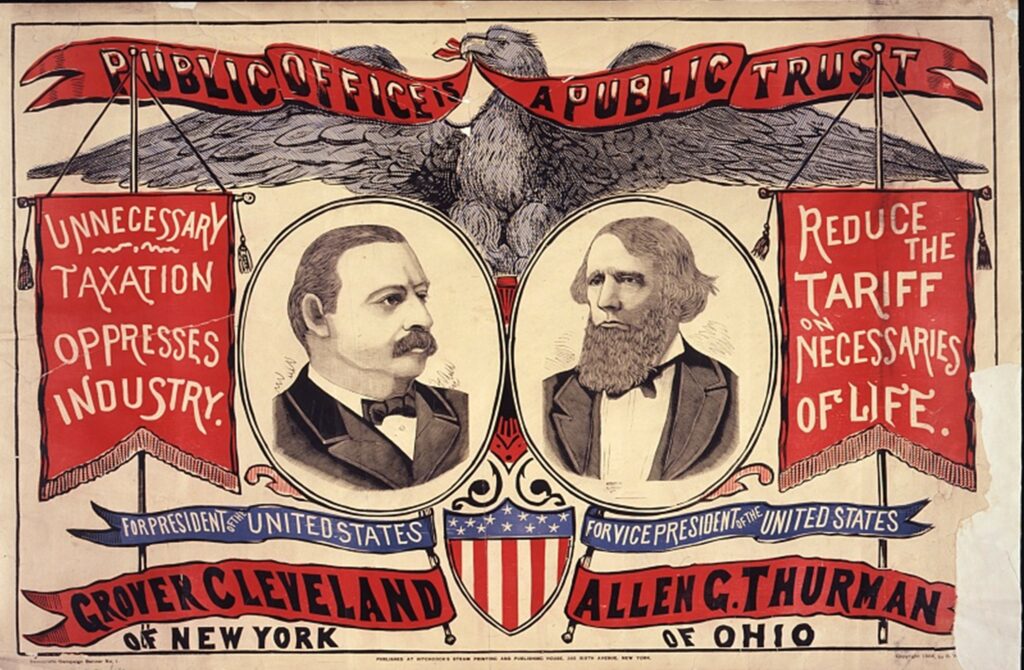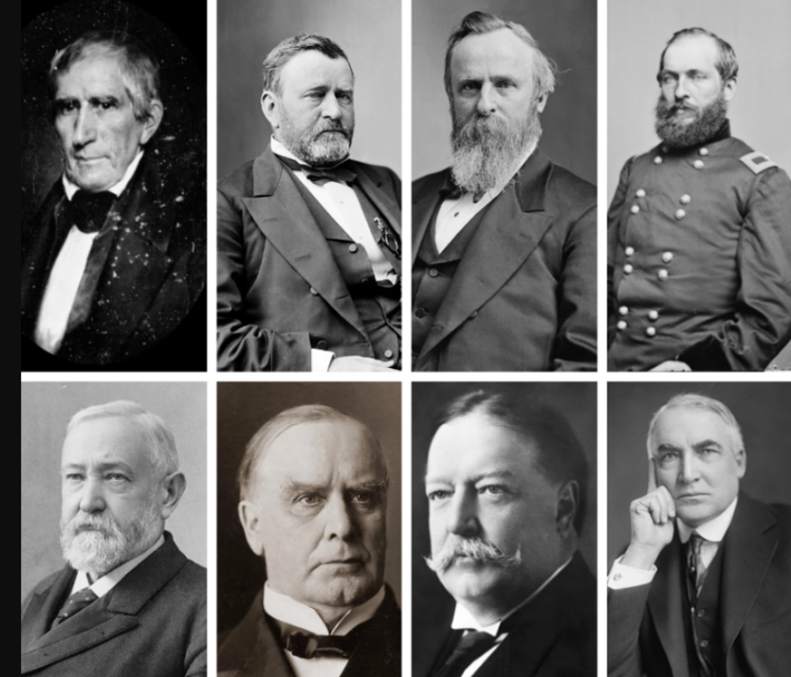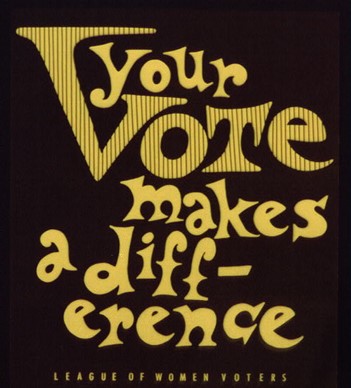Election season is the best season, even more than pumpkin spice latte season, football season or spider season Imagine raking leaves, drinking hot apple cider, munching on donuts and getting ready to participate in democracy – it’s one of the great American fall traditions. Here are a handful of fun facts to take to the polls.
Who was the only president to serve two nonconsecutive terms?
In 1888, the unpopular Democratic president Grover Cleveland lost to his Republican challenger Benjamin Harrison (incidentally, Harrison was also the last president to wear a beard.) The election proved contentious, with Harrison losing the popular vote but winning the electoral college. While Harrison was a decent speechmaker and had a firm grip on policy issues, behind the scenes he was “irascible, brusque, impatient, legalistic, pinched and lacking in human appeal.” With Republican infighting throughout Harrison’s term, Grover Cleveland was able to mount a successful comeback and retake the presidency in 1892.

Who was the youngest US president?
There are two answers to this question. Theodore “Teddy” Roosevelt was 42 and serving as vice president when president William McKinley was shot and killed by Leon Czolgosz. However, while he is the youngest president overall, he is not the youngest elected president. That honor goes to John F. Kennedy, who was 43 when he took office.
Which state has produced the most presidents?
Ohio leads the list, with eight presidents originally hailing from the Buckeye State: William Henry Harrison, Ulysses S. Grant, Rutherford B. Hayes, James Garfield, Benjamin Harrison, William McKinley, William Howard Taft and Warren G. Harding.

Who was the only president to play active roles in both World War I and World War II?
That honor goes to Franklin D. Roosevelt. Roosevelt was appointed Assistant Secretary of the Navy in 1913, under Woodrow Wilson’s presidency. When the US entered World War II, Roosevelt had recently been elected to a third term as president and was unusually well prepared for the task. Due to his longstanding family connections in China, he was deeply interested in the affairs of East Asia from an early age. This, in addition to his experience in World War I, provided him with a higher than expected level of expertise, and he started enacting military preparations beginning in the late 1930s.
How do I vote for president?
It’s easy! If you are an American citizen 18 years of age or older, you have the right to vote. First, you need to register to vote. Indiana residents can register to vote here, while Ohio voters should access this link. In both states, in order to vote in the November election, all voters must be registered by October 7.
Once you are registered, you have a number of voting options. You can vote early starting October 8. Remember, early voting locations may not be the same as polling locations on election day. Indiana voters should check out this site for detailed instructions on early voting locations and absentee voting. Ohio voters have their own site for early voting instructions. If you want to vote in person on Election Day, you need to go to the polls in your community. Your voter registration card will have this information; else, both Indiana and Ohio have websites that can help.

Celebrate this year’s incredible election season by voting! You can also brush up on your knowledge of American history with our databases and video collections, such as JSTOR, American History in Video and American History and Life. Curious about American political history? Want to know more about specific political leaders? Want to run for president yourself? Ask us! iueref@iu.edu.

